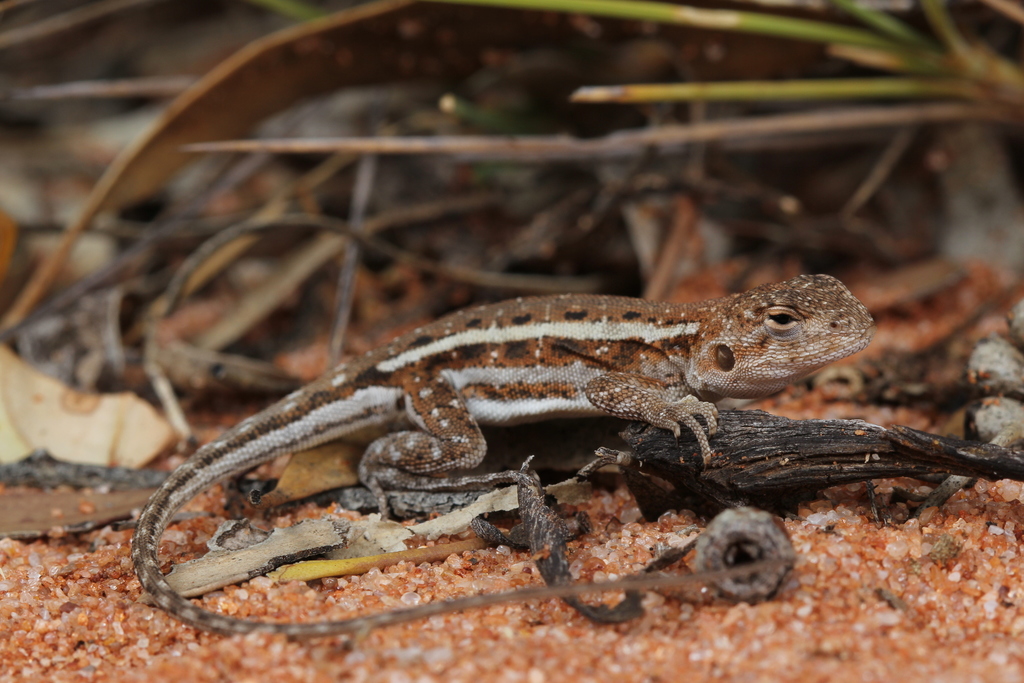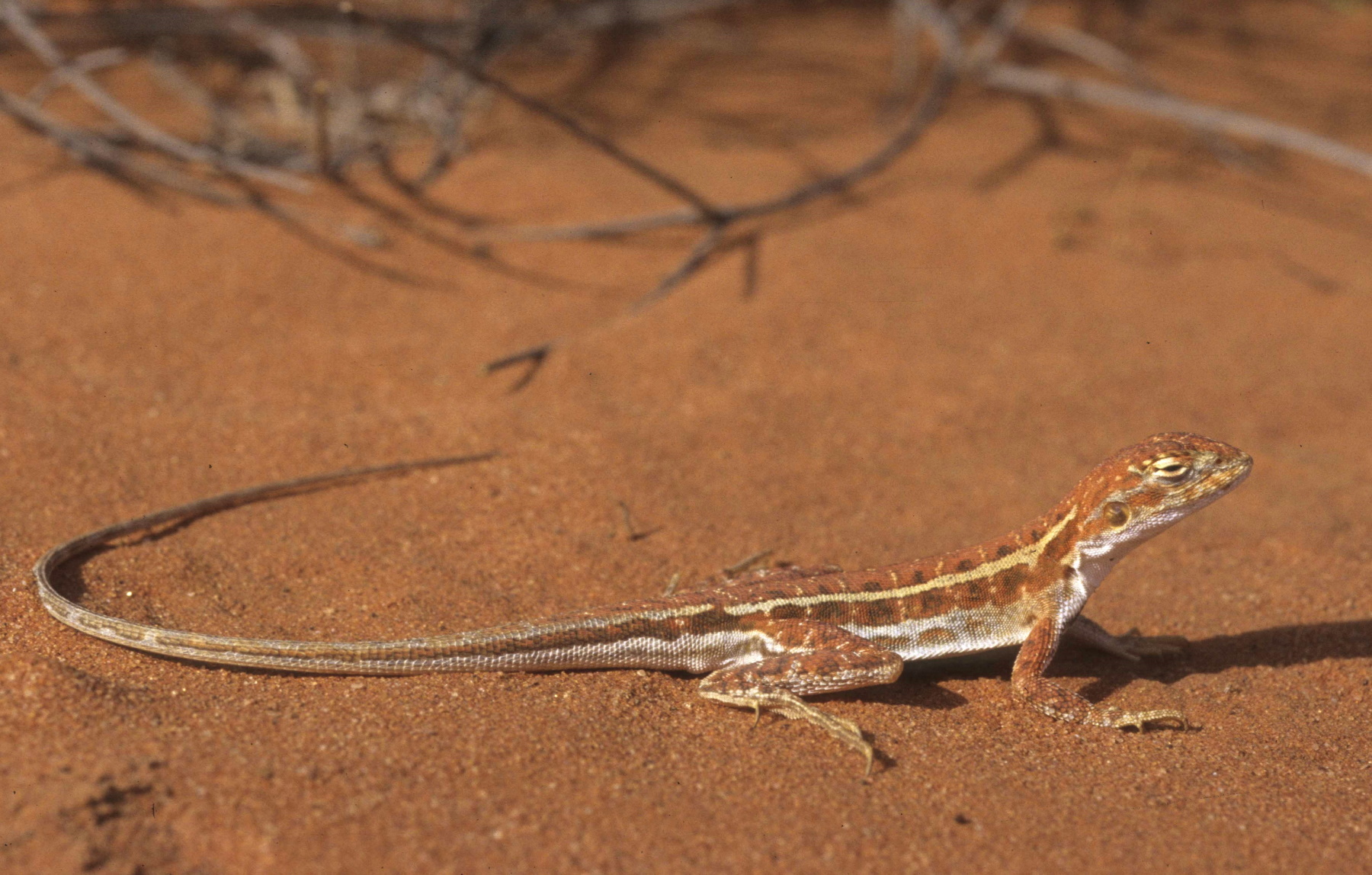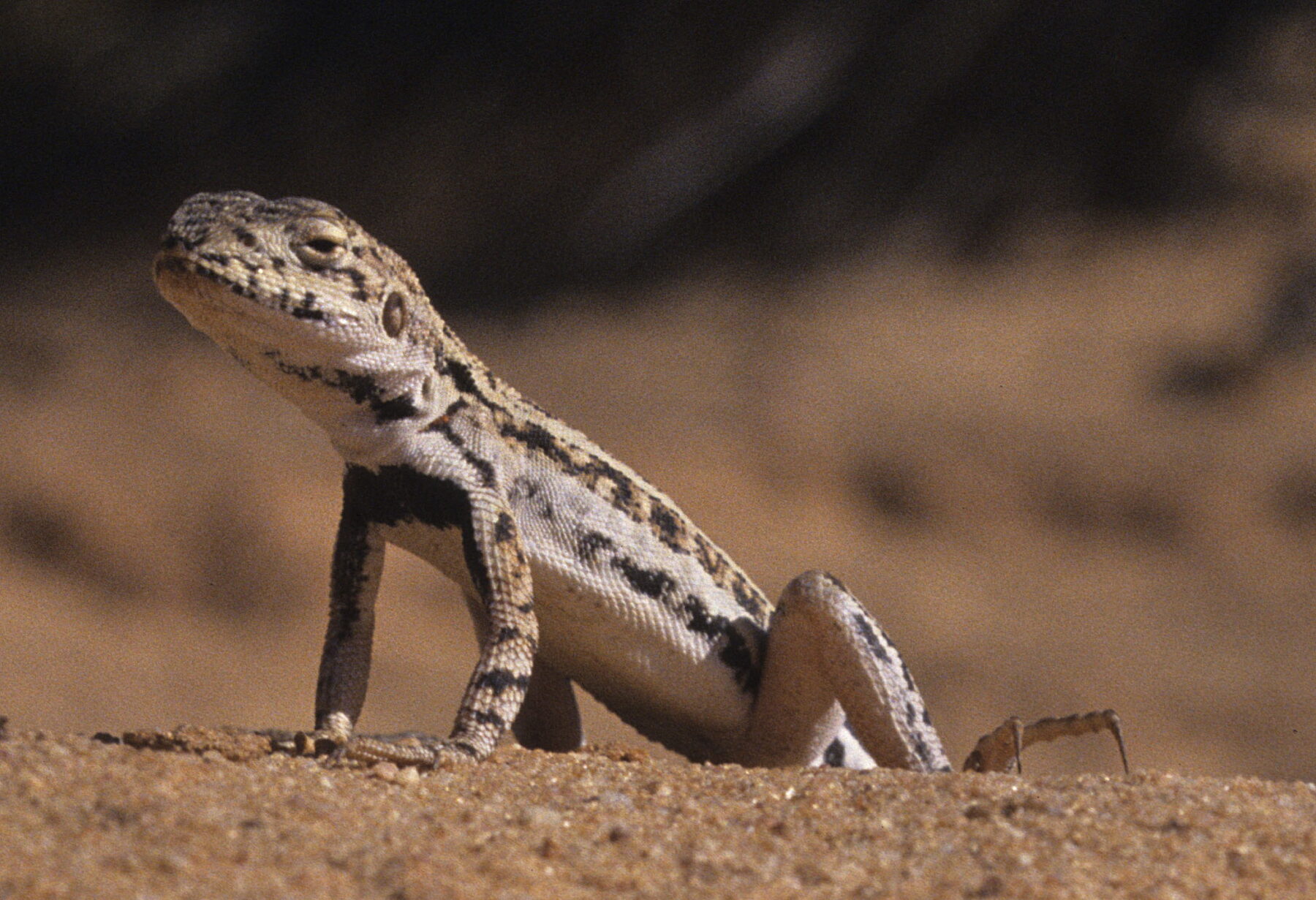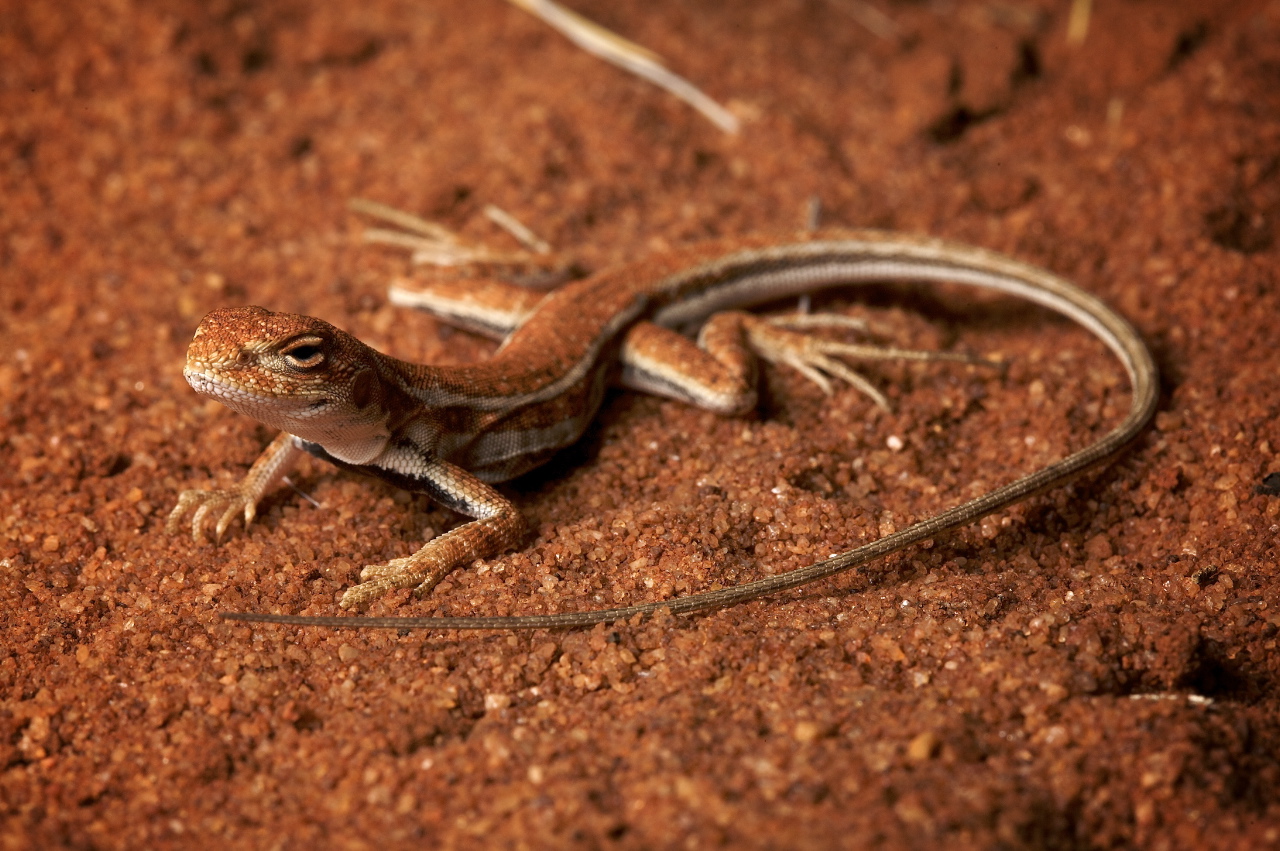New sand dragon species given local Indigenous names

These newly-discovered species of sand dragon lizard have been named with the help of Traditional Owners of the Country where they were found.
Each species is a master of its own landscape – the dunes of the Great Victoria and Strzelecki Deserts, and the semi-arid sandy mallees of the Eyre Peninsula and the South-Australian-Victorian border region.
And so, when it came to naming these new species, the scientists responsible decided to seek help from the local Indigenous communities connected to these landscapes.
Dr. Danielle Edwards, curator of terrestrial vertebrates at the Museum and Art Gallery of the Northern Territory (MAGNT), in collaboration with Dr Mark Hutchinson from the South Australian Museum, reached out to Indigenous Traditional Owners and consulted published traditional language accounts from various language groups to identify unique terms.
This resulted in the following scientific names:
· Ctenophorus tjakalpa: Named after its traditional name in the Great Victoria Desert, where it lives.
· Ctenophorus kartiwarrui: Derived from the Dieri language term “kartiwarru,” which refers to a red-backed lizard. This species is found in the Strzelecki Desert.
· Ctenophorus ibiri: Derived from the Barngala language term meaning “ibiri,” which denotes a small lizard. This species inhabits parts of the Eyre Peninsula.
· Ctenophorus tuniluki: Composed of the Ngarrindjeri language words “tuni” (sand) and “luki” (lizard). This species is found in mallee along the southern Murray River.
Dr. Edwards and Dr. Hutchinson hope that by incorporating these traditional names they can give a voice to Indigenous cultures, foster a deeper collaboration with Traditional Owners in future species-naming endeavours, and highlight the importance of indigenous knowledge in biodiversity research.
The study, published in the Journal of Herpetology, also redefined another eleven species of sand dragon occurring across southern Australia, previously classified as belonging to other lizard groups.









